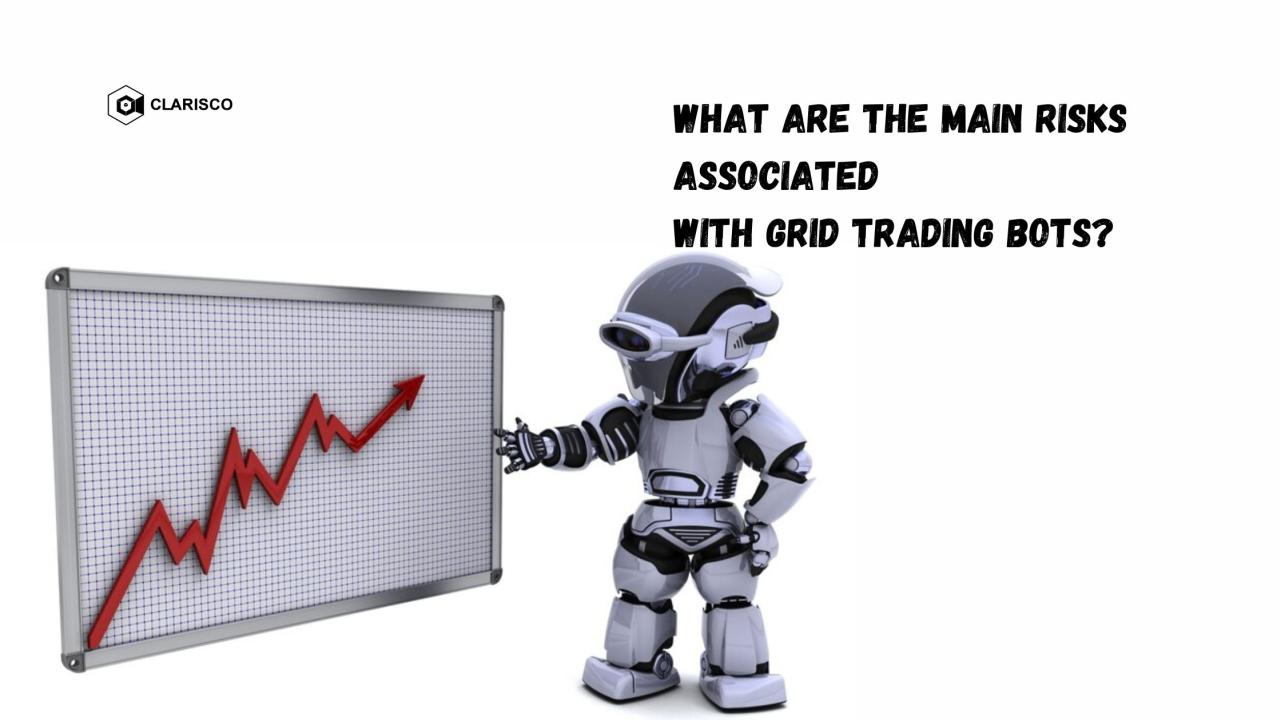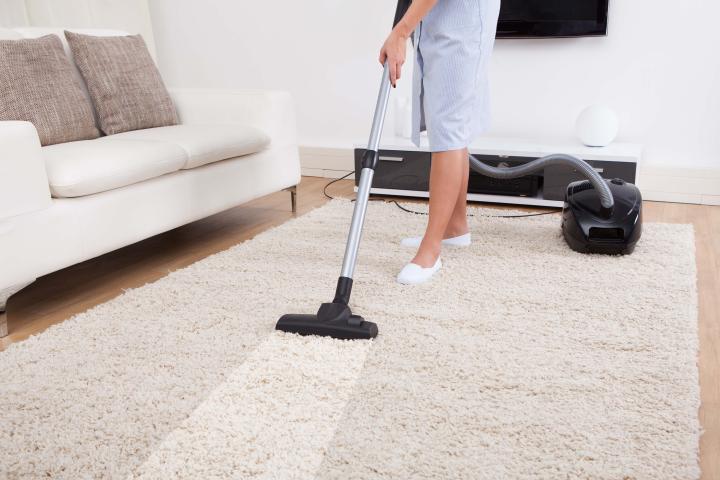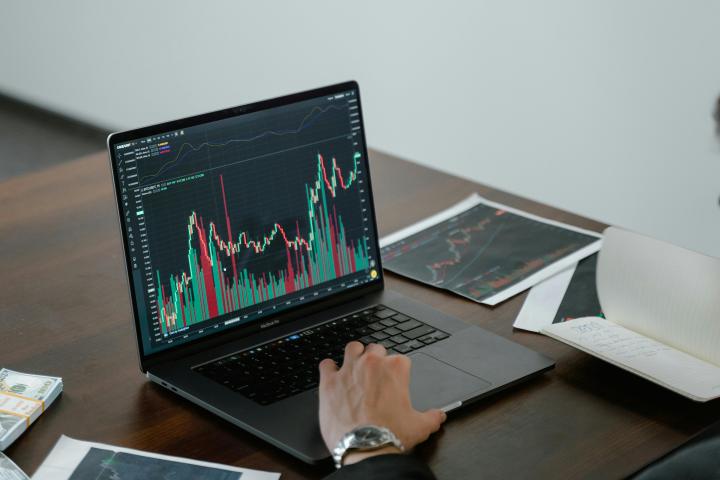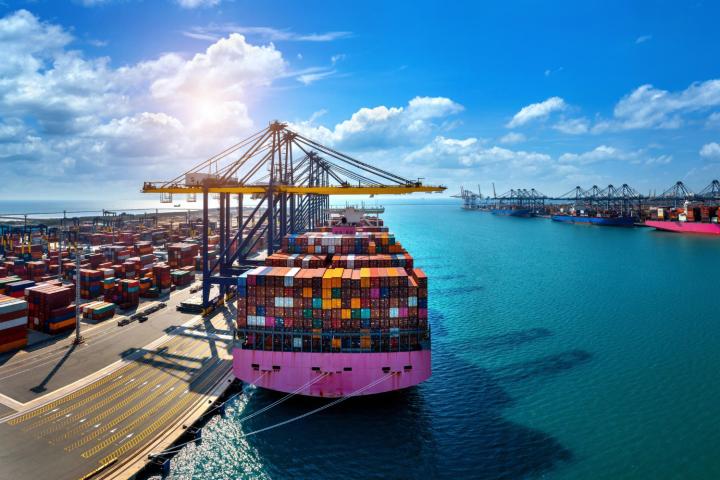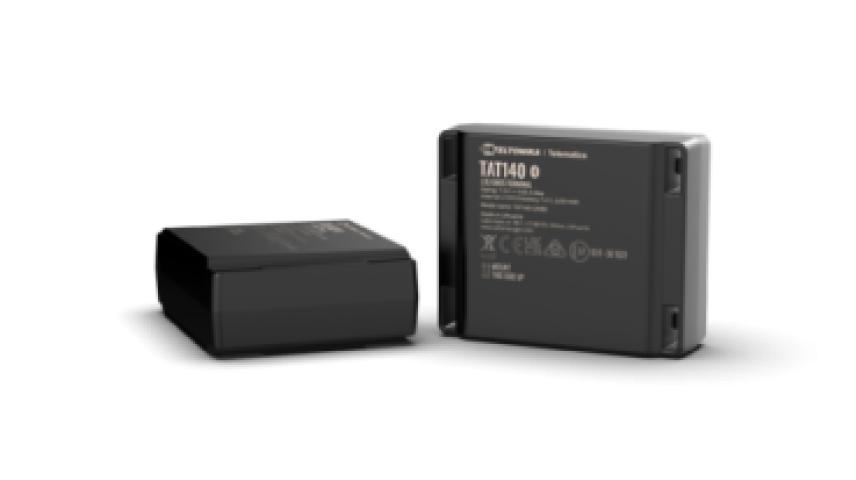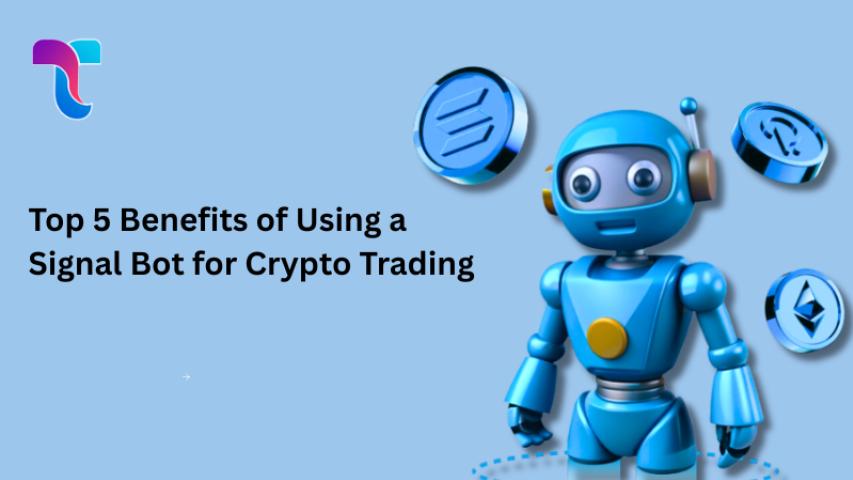Maximizing Gains, Minimizing Risks: A Guide to Grid Trading Bots!
Imagine you're sailing on a calm sea, enjoying the gentle rise and fall of the waves. Now, picture a grid trading bot as your automatic captain, adjusting the sails for every small wave that passes, aiming to turn every little movement into progress. It’s the same in trading – the bot uses market ups and downs to buy low and sell high, without needing to predict where the market will go next.
Sounds smooth, right? Well, while grid trading bots are great at catching these market waves, there are some things to watch out for. These aren't issues to avoid, but more like things to be aware of so you can sail confidently and make the most out of this exciting journey.
Market Crashes
Let’s say the market is like a sea. Sometimes, storms hit. If a big storm (or crash) happens, the price can fall and keep falling for a long time. Grid trading involves the bot buying as prices decline; however, if the market declines without stopping, you may find yourself with a large number of assets that are worth less than you first paid for them. Think of it like the bot filling up your ship with goods, but if the prices keep sinking, the goods are now worth much less.
Low Volatility
Imagine being out on the sea again, but this time, there are no waves – the sea is completely still. A grid trading bot thrives on movement, like small waves that it can ride up and down. If there’s no movement, the bot won’t place many trades, and that means fewer opportunities to profit. While your boat isn't sinking, it’s also not moving forward as much as it could. Grid trading bot development is essential in this situation.
Choosing the Wrong Grid Settings
Based on a range, or grid, that you choose, a grid trading bot operates. If you set the grid too wide, the bot might not make many trades because the price isn’t reaching those far-off points. On the other hand, if the grid is too tight, the bot might trade a lot but make only tiny profits, which can get eaten up by fees. It’s like setting your sails either too loose or too tight for the wind – you want just the right balance to catch the most wind (or, in trading terms, the most profits).
Fees and Slippage
Every time your bot makes a trade, there’s a small fee. Now, if your bot is trading a lot, those little fees can add up quickly. Additionally, sometimes the price can move faster than expected, skipping over one of your grid levels before the bot can place the order. This is called slippage. It’s a bit like setting your sails for a breeze, but sometimes, the wind changes direction faster than you expected.
These risks aren’t necessarily negatives, they’re just part of the adventure! By being aware of these challenges, you can adjust your sails, so to speak, and still enjoy a profitable journey. For example, some traders use DCA bot development (Dollar Cost Averaging) alongside grid trading, creating an even smoother sailing experience by spreading out their investments over time.
With grid trading bot development, you can tailor your bot to match your risk level, market preferences, and long-term goals, ensuring that your automated captain helps you navigate the ups and downs of the market with ease!
